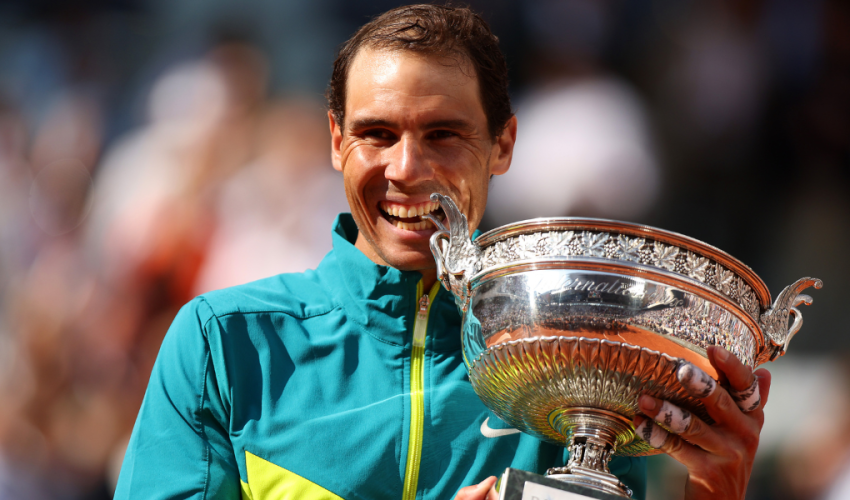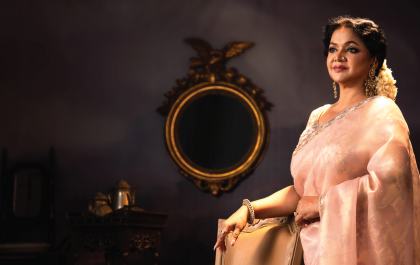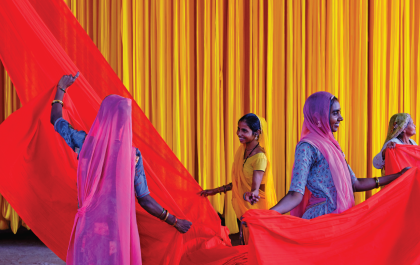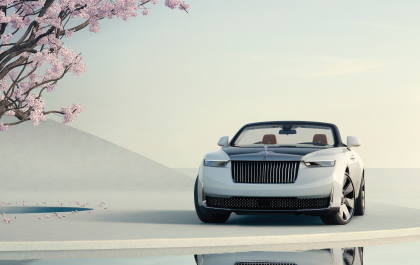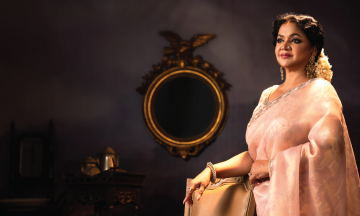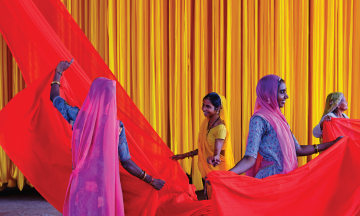With the 2023 French Open looming large, all eyes are on the undisputed king of tennis, Rafael Nadal. But have we entered the dusk of his career?
By Ravi Raj
The church has lost its monopoly on hell. But the decline of religious fervour hasn’t dimmed our fascination with it. For the existentialist philosopher, Jean-Paul Sartre, “hell is other people”. Being a lifelong tennis fan, I’ve always imagined that the closest thing to hell is watching Rafael Nadal performing on clay. In my quest to understand what exactly makes Nadal such a tormentor on court — a corporeal hell — I’ve spent countless hours reliving his moments on YouTube, spoken to his ardent fans, and scrolled through obscure forums on the Internet. And what I found is not ground-breaking, but a very vanilla conclusion.
It’s hell because Nadal’s game is built on the edifice of eternal suffering. The path to salvation, for him, goes through the highway of self-flagellation. And he is always more ready to subject himself to such infernal undertakings than his peers. His pain barrier is unparalleled. His loud but strange groans after every stroke are reminders of what he is subjecting himself to, and his occasional groaning after winning a point feels a lot like the scream of an anguished man, tormented by his own desire. But his suffering is not his alone; there are collaterals, too — his opponents, family, and the viewers, of course.
His opponents can never be sure of hitting a winner, for even the most fatalistic blow often surrenders to Nadal’s tenacity. He always makes you stretch for that extra mile, for that extra stroke, that you wouldn’t have bothered to play had it been anyone else. As the point gets longer, you can’t help but wonder if you’re playing against a human or an energy-sucking vampire. At the outset, this doesn’t make sense because Nadal himself is often the one who runs more than his opponent, covering extremes of the court like a gazelle dodging a pack of lionesses, playing every point as if it is his last.
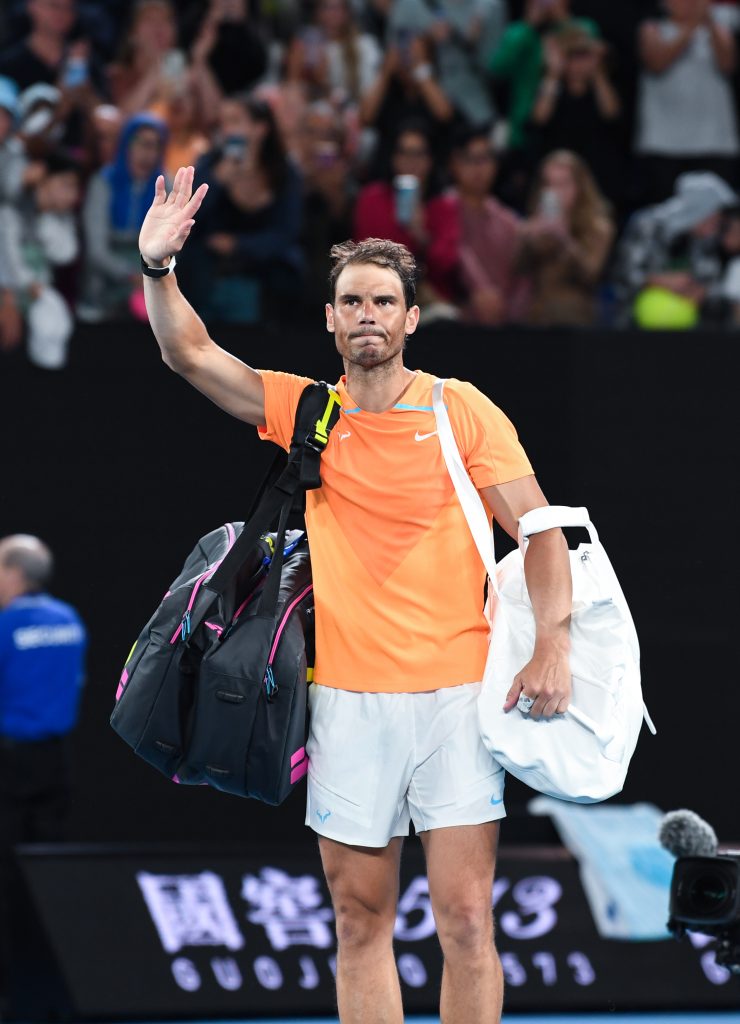
Whereas Roger Federer’s game was built on frugality and sophistication, and Novak Djokovic’s on the principle of energy conservation, Nadal’s game has always oozed extravagance. There’s just too much energy in his strokes, his movement, his celebration. None of the many career-threatening injuries he endured over the years could convince him to tweak his natural game. Neither has the relentless march of time. Even his last two grand slams — the 2022 Australian Open and 2022 French Open — produced many such moments that would make us wonder if the general rule of decay doesn’t apply to him.
“God, it’s killing me,” lamented Federer after he lost to Nadal in a final at Wimbledon 2008. Fourteen years later, you could almost hear Daniil Medvedev echoing the same sentiment, after he failed to topple the Spaniard in an Australian Open final that lasted for over five hours. It was a final that Nadal didn’t win, but he simply refused to lose. In both cases, he entered the match as an underdog. And while that held true in his play against Federer at his peak, even though signs were already there that he is coming for the Swiss veteran, it’s strange how the label has stuck with him forever, despite cementing his position as one of the greatest ever to hold the racquet.
The source of this equation is rarely rooted in the superiority of his opponents. Rather, it’s about the other demon — his own body — that he has been fighting for most of his career. If you compile the list of injuries he has suffered over time, the list will be longer than the one for your monthly grocery shopping. Nadal’s body always seemed to be operating on borrowed time, with his heavy-metal game constantly at odds with the necessary act of physical preservation — something that has been a cause of concern for his family. Last year, his father could be heard yelling at him for his obstinacy to keep playing through an abdominal tear. Nadal didn’t pay any heed, and went on to win that game against Taylor Fritz at Wimbledon’s quarter-final. It’s never good to see a human enduring such agony, and it shouldn’t be glorified at all. But this is how Nadal has approached the game his whole life, and it’s perhaps not as rooted in masochism, or the never-say-die attitude (bordering on toxic masculinity, which dominates the men’s sporting landscape), as it is in his own personality. The axiom that a player’s game style is often an extension of their being is truest in Nadal’s case. There’s a surreal disconnect between Nadal the player and Nadal the person, as his softness will confirm.
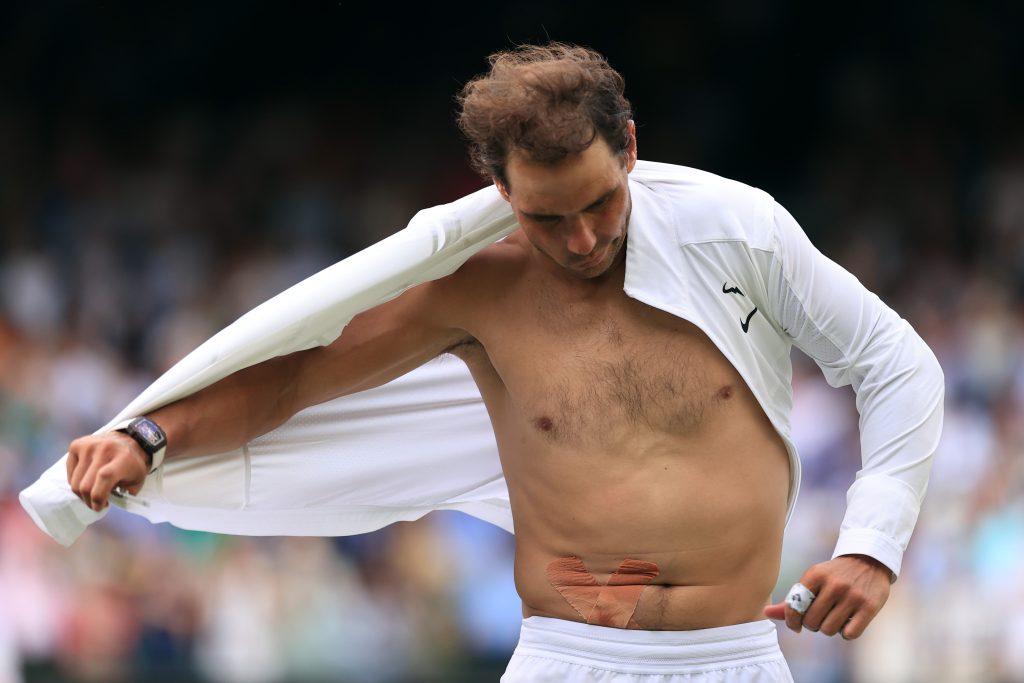
Beneath the carapace of a ruthless, hard-nosed tennis pro exists a warm and affable family man, who remains rooted to the ground even after conquering the world of tennis. While two of his biggest competitors, Federer and Novak Djokovic, have often struggled with anger issues in their youth, Nadal always seemed more in control of his emotions.
Neither is he afraid of being vulnerable in public. The sight of Nadal weeping inconsolably at Federer’s farewell match party was an important reminder that crying is not a sign of weakness for men. Beyond that, there are a couple of more factual reasons that added a sense of poignancy to this moment. First, of course, it marked the end of Federer vs Nadal — one of the game’s most decorated bromances. Second, since their career arcs have been so tightly intertwined, Federer’s departure quite possibly also meant the beginning of a countdown for Nadal.
As fate would have it, Nadal has been a sporadic presence since then, and recently missed the entirety of clay court swing, as a lead-up to the Roland Garros in Paris. There’s no certainty over his participation at his fortress in Paris, even though his uncle and former coach, Toni Nadal, remains optimistic, recently stating that it won’t be long before the Spaniard starts competing again. Numerous eulogies have already been written about his career, only for Nadal to come back and make the scribes eat up their words. This time, however, things look bleak.
Reproduced with permission from Mansworldindia.com




